Baby Changing Stations and Local Building Codes: What You Need to Know
All baby changing stations sold by Allied comply with building codes across the country as long as they are installed according to the enclosed directions. In fact, our commercial diaper tables adhere to stringent private and public rules to ensure their strength, safety, and usability. Because of this, you can rest assured that all of our products will serve you and your customers well for many years.
Baby Changing Station Regulations: An Overview
Some of the regulations governing the construction of changing stations include the following:
- All units are to be built using high-density polyethylene, which resists germs and odors and is easily sanitized.
- All units must have a sturdy undercarriage with features like steel-on-steel hinges and reinforcing rods for added stability.
- All units must be capable of holding a minimum of 200 lbs.
- All units must be equipped with gas-filled shocks to allow for slow, controlled raising and lowering. These shocks must be completely hidden by the unit’s exterior shell so users neither see nor make contact with them.
- Units must include mounting hardware of the proper strength and design; this is to support them when attached to walls built using conventional stud construction.
- Units must include a safety harness for additional protection of the infant during the changing process.
- Units must be free of any material or compound that may cause infection, irritation, or other harm to human beings.
- Units must have smooth, concave interiors to cradle infants safely during the changing process.
These rules are enforced by the Federal Trade Commission (FTC) and other agencies. They are your assurance that every table you buy from Allied is made to the highest standards.
Baby Changing Stations: Installation Procedures
The following are general procedures for installing most brands of commercial diaper tables. These are intended solely to familiarize the reader with the usual steps involved. For full directions, consult the material enclosed with your unit.
- Gather the tools needed. These should include a Phillips head screwdriver, a level, a pencil, a power drill, a drill bit (⅛” usually works fine), a measuring tape, and a stud finder.
- Open the packaging and check the enclosed parts. Make sure all components are present and in good shape; check against the included parts list. This includes verifying that hardware pieces like bolts, screws, etc. are available. If anything is missing or damaged, then contact the manufacturer right away for replacements.
- Ensure that the gas shocks, safety strap, etc. function correctly. Do not proceed with installation unless this is the case.
- Locate the best place to install the unit. Changing stations require a certain amount of space for the caregiver to move around the bed during the changing process. Check the instructions for your model’s specifications; these can also usually be found on the manufacturer’s website.
- Locate studs in the interior of the wall where the station will be mounted; then, drill pilot holes for the screws. If only one stud is available, then installation can usually proceed so long as the other side of the product is secured with toggle bolts.
- Insert screws and, if needed, the toggle bolts, along with washers and any other included hardware. Check the height of the unit to ensure it’s at the level recommended in the directions, then tighten the fasteners. Ensure that the unit is level.
- It’s usually a good idea to give new changing stations an overall cleaning with a general-purpose cleaner, followed by light saturation with a sanitizing agent.
- After your new changing station is dry, check once more for proper functioning. You may then display the included sign to let your customers know that the table is ready for use.
If you have any other questions about changing stations, then call or email Allied today. We’re happy to serve you any way we can
